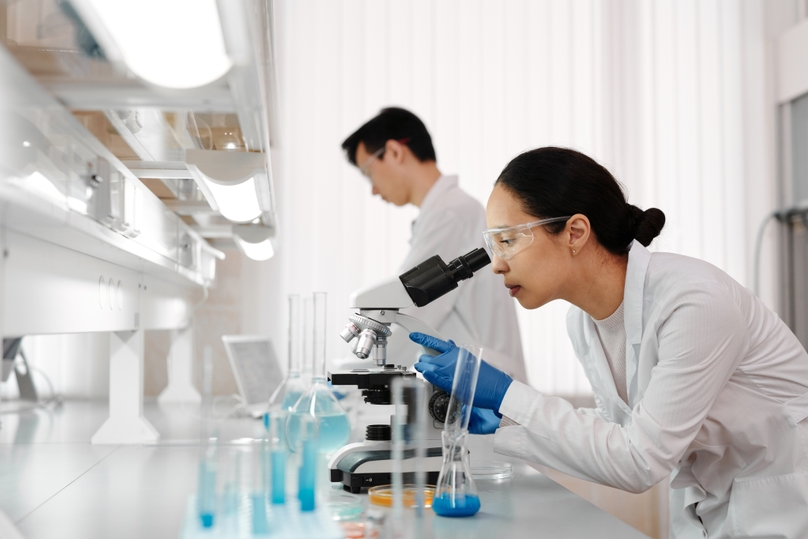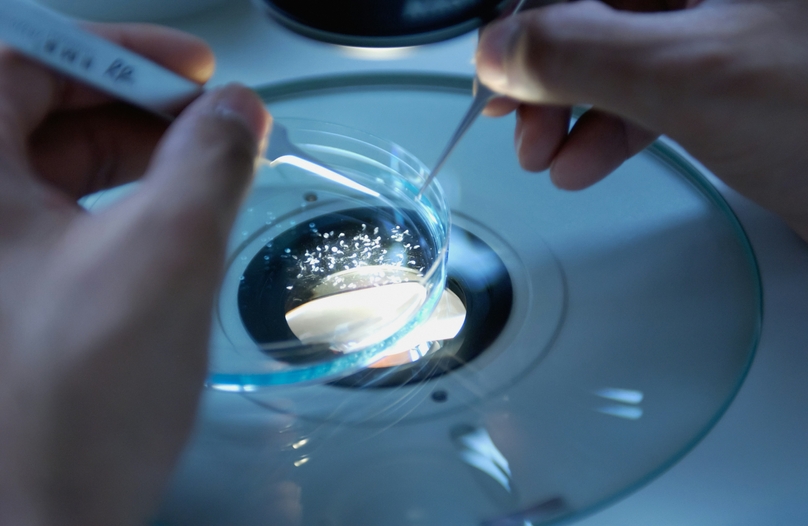Your Guide to Lab Setups
As a highly skilled and experienced lab manager, a time may come when you are required to set up a new laboratory. Although all life science research spaces are different, there are some general steps that all lab managers need to take when establishing a new lab setup. These include considerations such as:
Developing a timeline
Essential equipment and supplies
Establishing a control areas
Developing chemical control protocols
Deciding on software solutions
In this article, we will review the essential steps to lab setup and the easiest ways for you to implement them.
Lab Setup Essentials
What you will be testing in your lab and how you want to test it will determine all the subsequent choices you make when setting up your new laboratory. For example, if your field is agricultural research, you will have different requirements than if you were researching human pathogens. The best way to start is by breaking your lab installation into the following stages:
Timeline: It’s best to develop a schedule before you begin. Although it’s okay to allow yourself some flexibility—for unforeseeable challenges—you should try and stick to your timeline as closely as possible. Bear in mind that you are going to be under immense pressure from funders, stakeholders, and prospective customers to get your lab up and running as soon as possible.
Equipment: Your list of equipment should include large items such as:
Stainless steel freezers
Microscopes
Centrifuge
Fume hood
Incubators
Sterilization equipment
Autoclaves
Laboratory furniture
It should also include basic items, some of which will need to be restocked over time, such as:
Glassware
Pipettes
Fire extinguishers
Lab burners
Thermometers
You will also need a separate list to include consumables such as reagents and cell cultures. Once you have drawn up your lists, it’s a good idea to shop around to get quotes before deciding on a supplier, particularly for the larger items.
Organizational Tools: To ensure that you meet your budget and your deadlines, you need to maximize your productivity and your efficiency. This is where you find that organizational tools are your friends. Keeping your lab organized is more than just keeping it tidy. All instruments and supplies should have a designated place and every member of your team should know where that is. Tools to help you stay organized include:
Mobile lab stations
Test tube racks
Totes and carriers
Labeling equipment
Laboratory software: The value of high-quality lab software should not be underestimated, particularly when it comes to streamlining your workflow. You may want to consider:
LIMS: A LIMS will help you manage all your lab data in one place and make sharing information and inventory tracking a breeze.
Electronic lab notebook: An ELN not only lets your team members access and share data wherever they are, but it also increases productivity and reduces human error.
Inventory management: Inventory management software ensures that team members know exactly where reagents and cell cultures are so that you don’t overstock or underuse consumables.
Sequence editing: Genemod’s sequence editing design tools give you the means to track all of your sequence edits through shared libraries.
Steps to Curating Your Lab Setup
Whether your lab space is large or small, the curation of your lab setup will be pretty much the same. Here are some steps to help you streamline the process.
1. Design Process
When you’re designing the layout of your laboratory, there are several key factors that you need to keep in mind:
Research stations: Setting up research stations in your lab can help save time and maximize efficiency. When you have stations for specific tests, your lab team members can circulate between stations rather than having to move equipment around the lab. This means that items won’t get misplaced, and your lab will remain organized.
Storage solutions: If you have a small lab space, maximize storage space by using stackable shelves or wall-mounted cupboards.
Lab safety: This is an important issue for lab design. Think about where you will need safe areas such as sinks, eyewash stations, fire extinguishers, PPE, and first aid equipment.
2. Equipment
Lab equipment installation can be a lengthy process. It takes time to maneuver heavy equipment, and fragile items must be carefully placed. New equipment must meet regulatory compliance and must be calibrated correctly. All instruments should be stored safely and must be easily accessible.
3. Software Implementation
Setting up your lab’s software solutions doesn’t have to be overwhelming. By following best practices, you can make software implementation run smoothly and quickly. For example, if you are setting up a LIMS with Genemod, there are a few tips to speed up the process:
Draw on expertise: Don’t try to go it alone when you can have an expert team to help you set up your software. The team at Genemod can make your set-up much easier and provide ongoing support.
Develop appropriate functionality: Since every research lab is unique, you’ll need a LIMS that works for your particular needs. Your Genemod support team will help you customize your software to obtain maximum functionality.
Train your team: Training is crucial and should be done as soon as your LIMS is functional. This way, your team members will all be on the same page and will be able to make the most of using your LIMS. Make sure to engage the whole team, some techs may not see the advantages of using a LIMS, so it’s worth taking the time to show everyone how the software will make lab life easier.
4. Post-Completion Organization
Laboratory equipment should be organized based on functionality. Each piece of equipment should have a designated place. Moving equipment as little as possible will ensure that lab members can always find what they need quickly and efficiently. The most highly optimized research labs make full use of labeling systems and keep an electronic inventory system so that not only equipment but also reagents and samples can be found as easily as possible. This will save you time and money.
Lab Setup Tips and Tricks
Here are some additional tips to help you set up your lab and keep it running smoothly even after the initial implementation.
Collaborate with lab technicians: Collaboration is key to achieving a productive research environment. As well as producing high-quality results, collaboration also helps to build a solid sense of community within your research team.
Ensure safety protocols are followed: Accidents and injuries can easily be avoided if your team has been trained in lab safety and is encouraged to follow protocols. Have regular safety retraining sessions and make all safety protocols available in your electronic lab notebook.
Assess layout as growth occurs: Being a flexible lab manager is important. You need to be able to assess and adjust your lab layout as growth occurs. Good inventory management and lab organization are vital for lab scalability.
Organize Your Lab Seamlessly with Genemod
Establishing a new lab setup can be an exciting time if you and your team pull together. Implementing appropriate lab software solutions is a great way to streamline the setup and continuing lab processes. Genemod can help you choose the software your lab needs and customize it so that you can get the most from it. Contact us today for a free demo


















